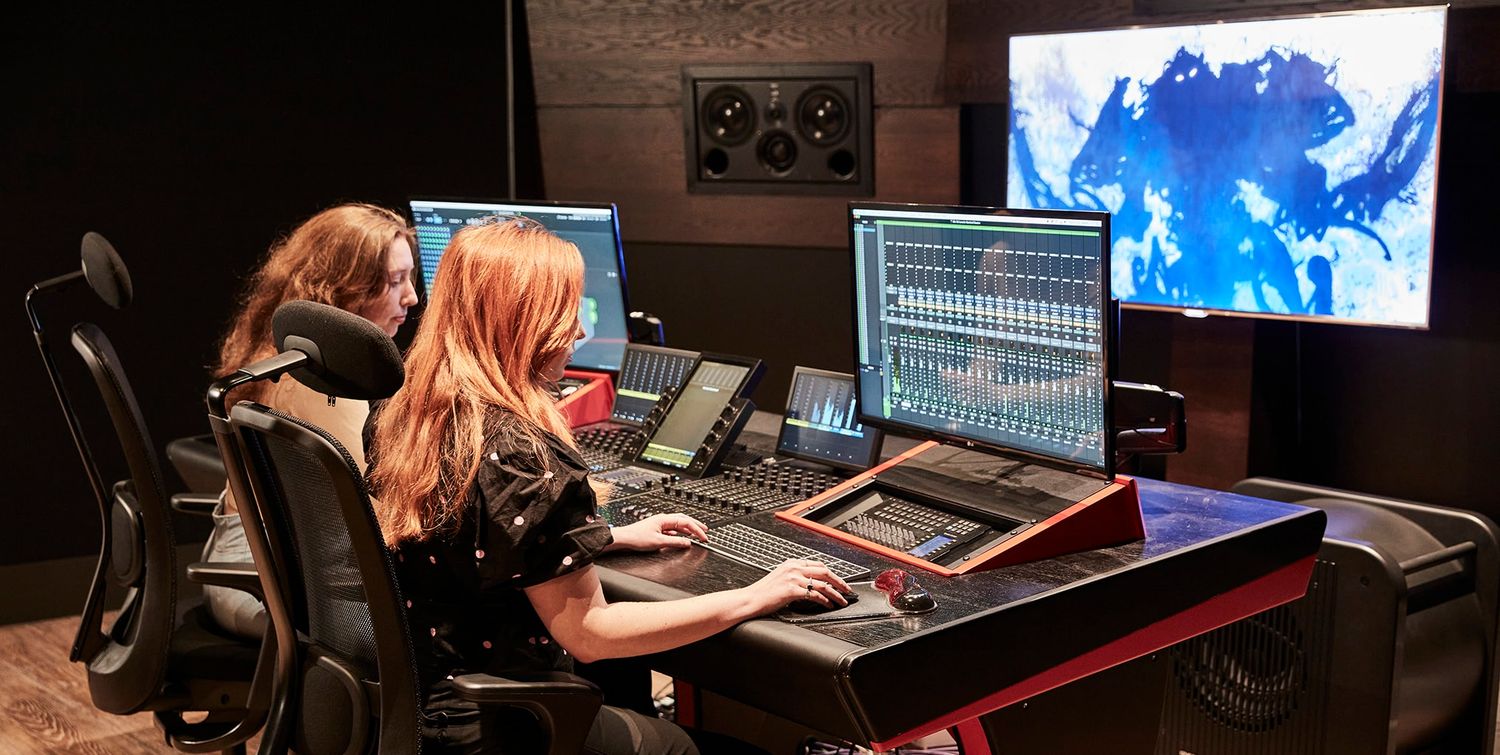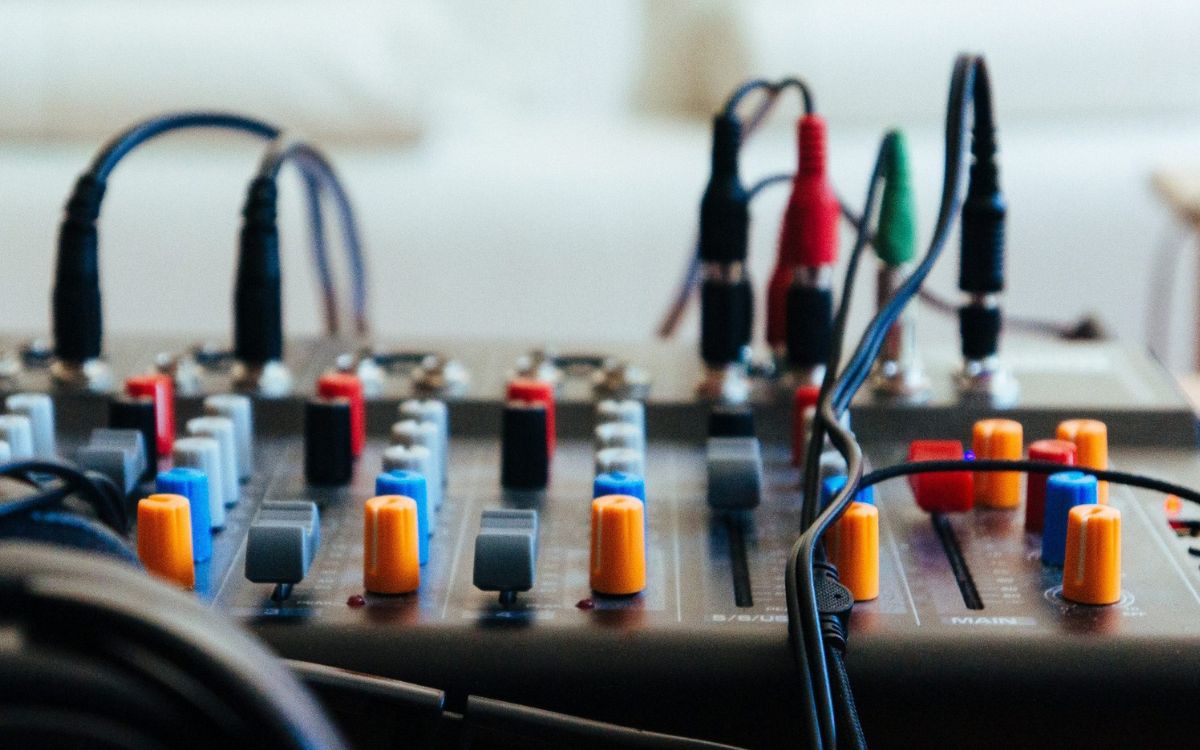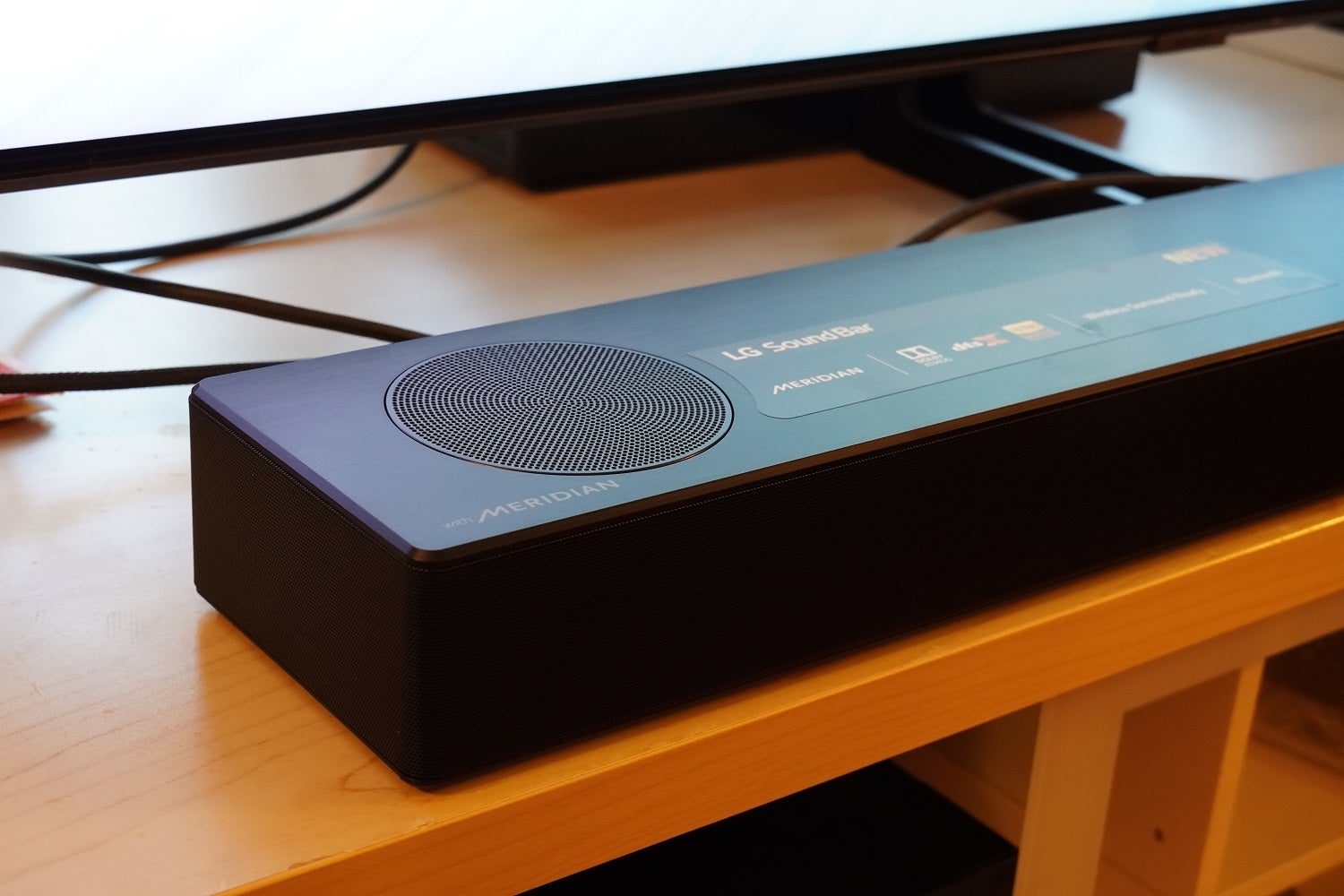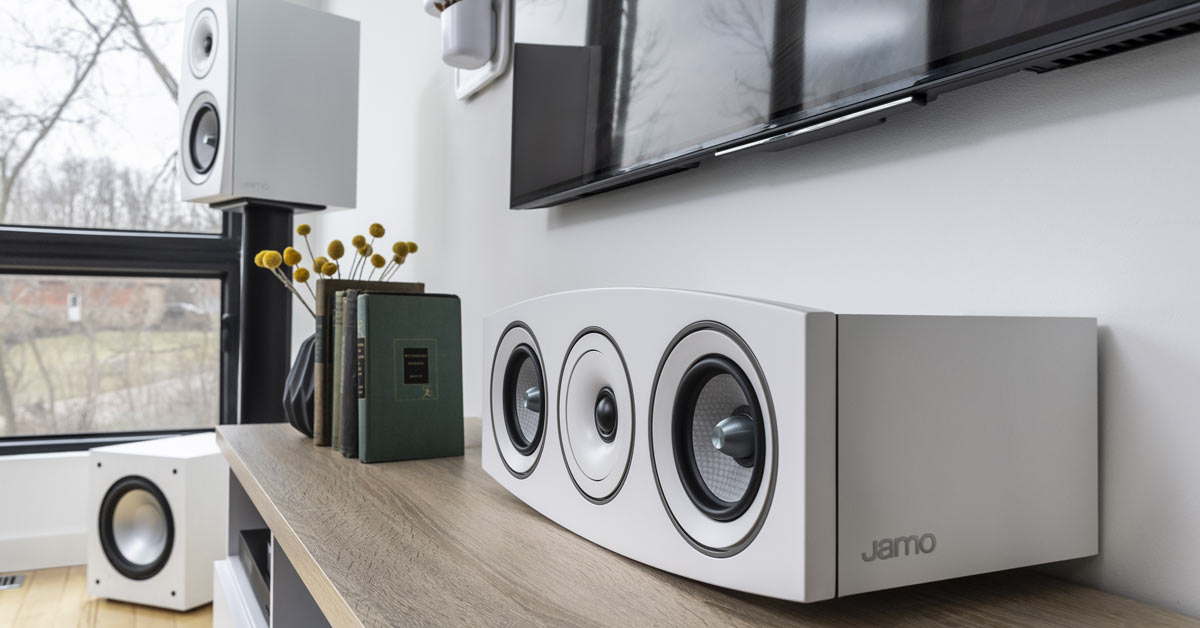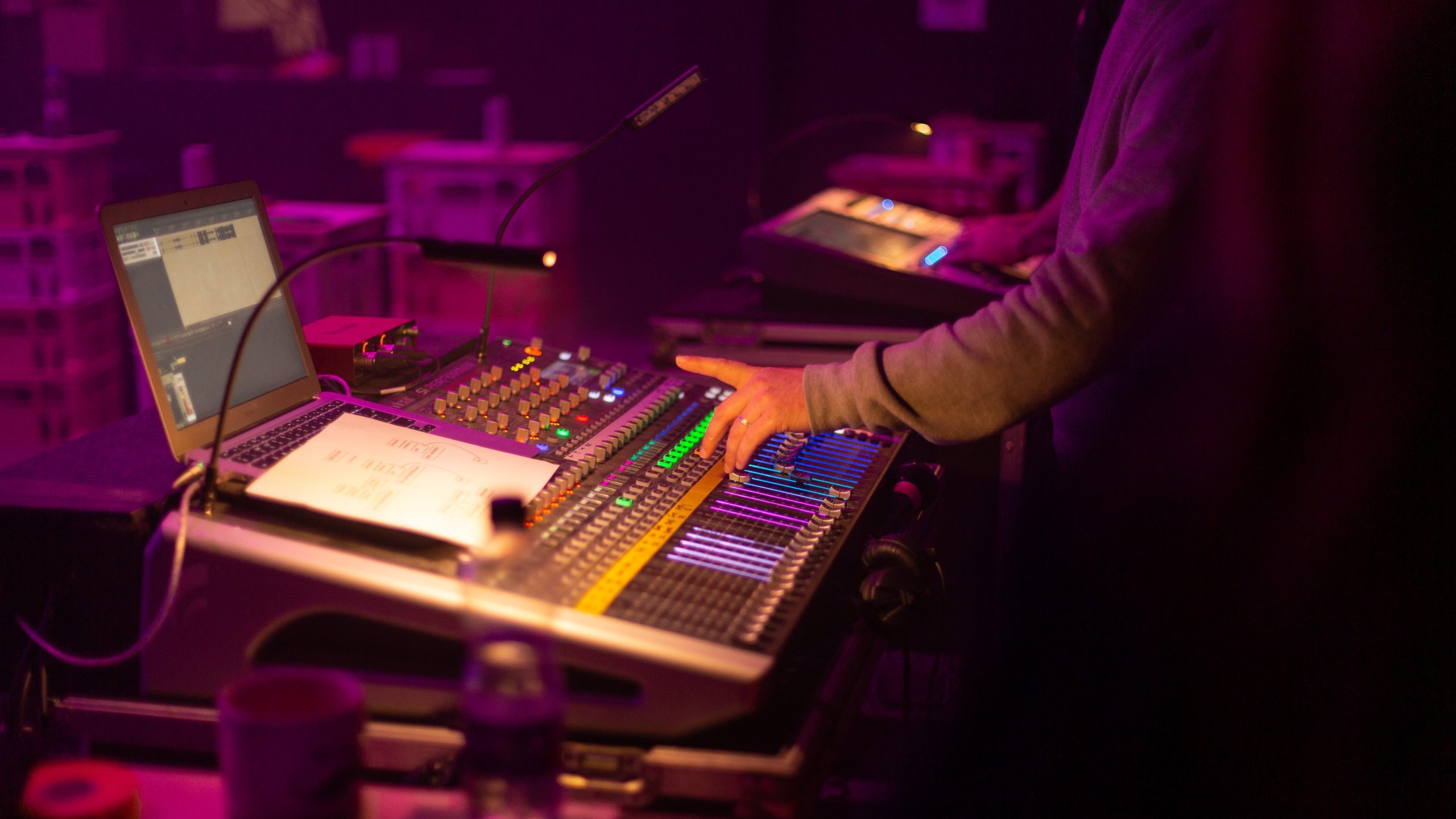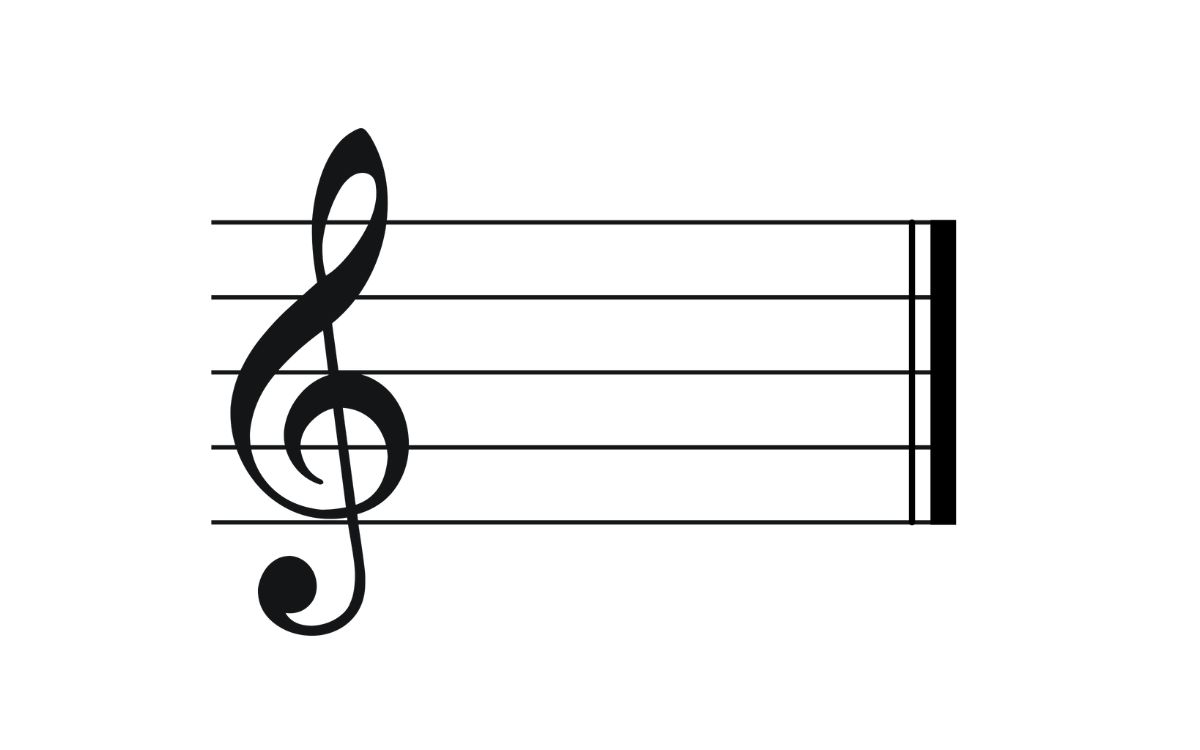Home>Production & Technology>Treble>What Does Treble Do For Sound
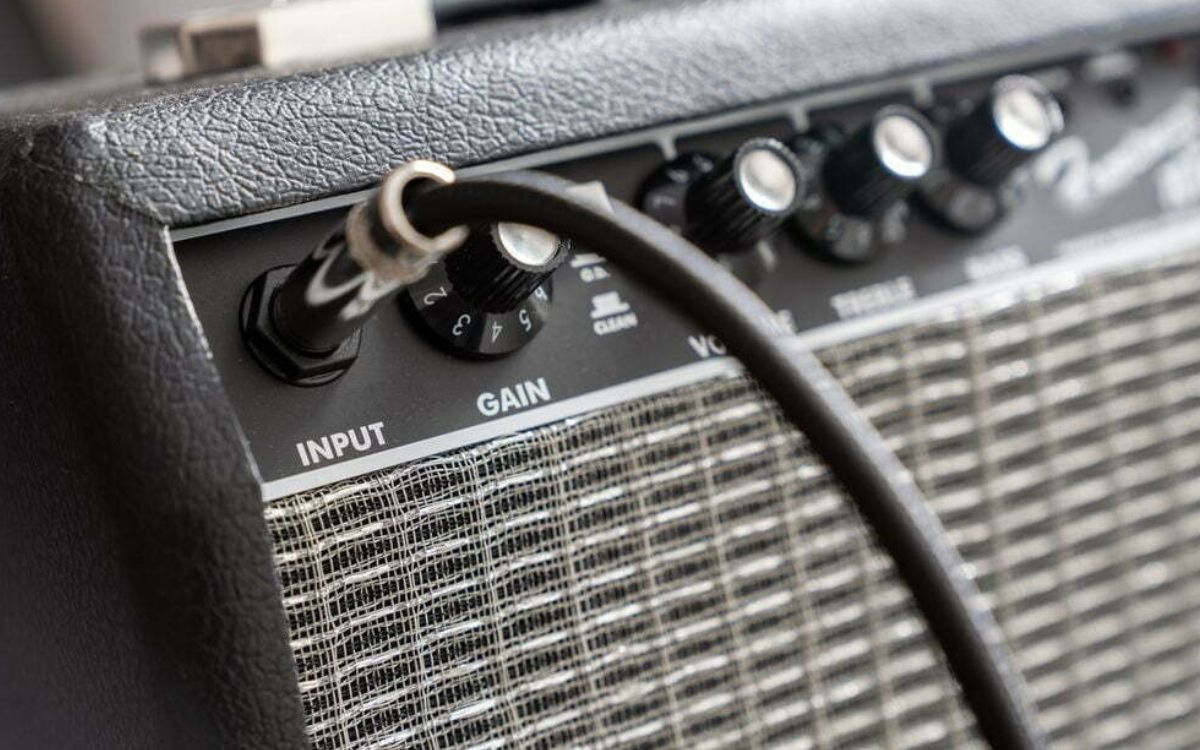

Treble
What Does Treble Do For Sound
Modified: February 18, 2024
Learn how treble affects sound quality and discover its role in audio production. Explore the impact of treble on clarity and crispness of instruments and vocals.
(Many of the links in this article redirect to a specific reviewed product. Your purchase of these products through affiliate links helps to generate commission for AudioLover.com, at no extra cost. Learn more)
Table of Contents
Introduction
When it comes to sound quality, understanding the role of treble is crucial. Treble, also known as high-frequency sound, is one of the three main components of audio alongside bass and midrange. It refers to the higher-pitched tones in a sound system, adding clarity, detail, and brightness to the overall listening experience.
Treble plays a significant role in defining the character and depth of music, bringing out the intricate nuances of instruments and vocals. Whether you’re listening to your favorite song, watching a movie, or attending a live concert, treble ensures that you don’t miss out on the finer details.
While bass provides depth and richness, and midrange carries the main body of sound, treble adds sparkle and texture. It enhances the overall soundstage by adding airiness and dimension, making the music come alive. Without proper treble, sound can feel dull, muffled, and lacking in definition.
Understanding the impact of treble on sound quality is essential for audio enthusiasts, sound engineers, and anyone who wants to optimize their listening experience. In this article, we will explore the effects of treble, the importance of treble in audio, factors affecting treble, and how to adjust treble in sound systems to achieve the perfect balance.
So, let’s dive into the world of treble and uncover its secrets to elevate your audio journey.
Understanding Treble
Treble, also referred to as high-frequency sound, encompasses the higher-pitched tones in a sound system. It represents the upper range of frequencies in the audio spectrum and is responsible for adding clarity, detail, and brightness to the sound.
When sound is produced, it creates vibrations that travel through the air or any other medium. These vibrations are characterized by their frequency, which refers to the number of vibrations per second. Treble frequencies typically range from around 2,000 Hz to 20,000 Hz, although this can vary depending on personal preference and audio equipment.
In music, treble is often associated with high-pitched instruments such as cymbals, flutes, and vocals. It brings out the subtle harmonics, intricate nuances, and upper harmonies in a composition. It helps accentuate the transient attack and decay of musical notes, providing a sense of presence and realism.
Understanding treble is essential as it allows you to appreciate the finer details in a piece of music. It plays a crucial role in distinguishing between different instruments, allowing you to hear the distinct timbre of each individual sound source. By enhancing the treble frequencies, you can unveil hidden layers of a recording, immersing yourself in the music like never before.
Moreover, treble adds a sense of spaciousness and airiness to the soundstage. It contributes to the perception of depth and width in a stereo image, creating a three-dimensional listening experience. By properly balancing the treble, you can achieve a more accurate and natural representation of the original recording.
While treble is a fundamental component of sound, finding the right balance with the other frequency ranges is vital. A disproportionately high treble can result in a harsh, fatiguing sound, while insufficient treble can make the music sound dull and lacking in detail.
Now that we have a basic understanding of treble, let’s explore the effects of treble on sound and why it is essential in audio reproduction.
Effects of Treble on Sound
The treble frequencies in a sound system have a profound impact on the overall audio experience. Understanding the effects of treble is crucial to optimize sound quality and create an immersive listening environment.
One of the primary effects of treble on sound is clarity. Treble frequencies bring out the finer details and nuances in the music, allowing you to hear individual instruments and vocals with greater precision. It helps to separate different sound elements and adds definition to the overall mix.
Additionally, treble contributes to the sense of brightness in the sound. It adds a sparkle and liveliness to the music by enhancing the higher harmonics. This brightness can make the sound more engaging and energetic, especially in genres such as pop, rock, and electronic music.
Treble also plays a significant role in creating a realistic soundstage. By adding airiness and spaciousness, it enhances the perception of depth and width in the audio. Instruments and vocals appear to have a more defined localization within the soundstage, giving a sense of being present in a live performance.
Furthermore, treble can affect the overall tonal balance of the sound. A well-adjusted treble can ensure that the audio sounds natural and balanced across the entire frequency range. On the other hand, an excessive or insufficient treble can lead to an unbalanced sound, resulting in a lack of realism and diminishing the overall listening experience.
It’s important to note that the effects of treble can vary depending on personal preferences, audio equipment, and the characteristics of the music being played. Some people may prefer a brighter, more detailed sound, while others may prefer a smoother, warmer sound with less emphasis on treble frequencies.
Understanding the effects of treble on sound allows you to make informed decisions when adjusting the audio settings or choosing audio equipment. By finding the right balance of treble in relation to bass and midrange frequencies, you can achieve a well-rounded and enjoyable listening experience.
Now that we have explored the effects of treble, let’s delve into the importance of treble in audio and why it should not be overlooked.
Importance of Treble in Audio
Treble is a crucial component of audio reproduction that brings several important aspects to the listening experience. Understanding the importance of treble allows us to appreciate its role in creating a balanced and immersive audio environment.
First and foremost, treble adds clarity to the sound. By accentuating the higher frequencies, treble allows for better articulation of musical instruments, vocals, and other sound elements. It ensures that each detail and nuance in the music is properly represented, enabling the listener to hear the full depth and intricacy of the composition.
In addition to clarity, treble also contributes to the overall tonal balance of the audio. The three main components of sound—treble, midrange, and bass—need to be properly balanced to create a natural and pleasing listening experience. Treble frequencies help to offset the richness of bass tones and bring out the midrange frequencies, resulting in a more complete and well-rounded sound reproduction.
Treble is especially important for achieving spatial and dimensional qualities in audio playback. It adds airiness, depth, and width to the soundstage, making the music feel more immersive and realistic. When combined with proper stereo imaging and sound localization, treble helps recreate the sensation of being present in a live performance or studio recording.
Furthermore, treble enhances the dynamic range of sound. It allows for better differentiation between soft and loud passages, ensuring that the peaks and valleys of the music are faithfully reproduced. The added brightness and energy provided by treble can make the listening experience more engaging and emotionally captivating.
Treble also plays a vital role in audio mixing and mastering processes. Sound engineers and producers carefully balance treble frequencies with the rest of the audio spectrum to ensure that all elements of the music are properly represented. It helps in achieving a polished and professional sound that translates well across different audio systems and environments.
Moreover, treble is essential in the reproduction of high-frequency sound effects, such as the shimmering of cymbals or the delicate resonance of strings. These details add depth and realism to the audio, allowing the listener to fully appreciate the intricacies and beauty of the music.
In summary, the importance of treble in audio cannot be overstated. It adds clarity, tonal balance, spatial qualities, dynamics, and enhances the overall listening experience. By understanding the role of treble, we can make informed decisions when selecting audio equipment, adjusting sound settings, and appreciating the artistry and craftsmanship of the recorded music.
Now let’s explore the factors that can affect treble in audio reproduction.
Factors Affecting Treble
Several factors can affect the treble frequencies in audio reproduction, ultimately impacting the overall sound quality. Understanding these factors allows us to optimize treble reproduction and create a more enjoyable listening experience.
1. Audio Equipment: The quality and capabilities of the audio equipment you are using can significantly affect treble reproduction. High-quality speakers, headphones, amplifiers, and audio interfaces are designed to accurately reproduce treble frequencies, ensuring clarity and detail. On the other hand, lower-quality or poorly calibrated equipment may struggle to accurately reproduce treble, resulting in a less pleasant listening experience.
2. Room Acoustics: The acoustic properties of the room can affect the way treble frequencies are perceived. Hard and reflective surfaces can cause treble to bounce around the room, creating an overly bright or harsh sound. On the other hand, a room with excessive absorption can result in a dull and lifeless treble. Proper room treatment and acoustic adjustments can help optimize treble reproduction and create a balanced sound environment.
3. Recording and Mixing Quality: The quality of the recording and the mixing process also plays a significant role in treble reproduction. Poorly recorded or mixed tracks may lack clarity and detail in the treble frequencies. On the other hand, well-crafted recordings and meticulous mixing techniques can bring out the best in treble, ensuring a vibrant and engaging sound.
4. Music Genre: Different music genres have varying emphasis on treble frequencies. For example, genres like jazz or classical music often prioritize treble clarity to showcase the intricate details of instruments and vocals. On the other hand, bass-heavy genres like hip-hop or electronic music may have a stronger focus on the lower frequencies. Understanding the genre can help in adjusting the treble reproduction accordingly.
5. Listening Environment: The environment in which you listen to music can impact treble reproduction. Background noise, room size, and the presence of reflective surfaces can affect how treble frequencies are perceived. Choosing an appropriate listening environment and minimizing external disturbances can help optimize treble reproduction and enhance the overall listening experience.
6. Personal Preferences: Personal preferences play a crucial role in how we perceive and enjoy treble frequencies. Some individuals prefer a brighter and more detailed treble reproduction, while others may prefer a more subdued and warmer sound. Understanding your own preferences can help in adjusting the treble settings to achieve your desired listening experience.
It’s important to note that these factors are interrelated and can influence each other. Achieving an optimal treble reproduction involves a combination of selecting appropriate audio equipment, optimizing the listening environment, and considering personal preferences.
Now that we have explored the various factors that can affect treble, let’s move on to understanding how to adjust treble in sound systems.
Adjusting Treble in Sound Systems
Adjusting the treble in sound systems is essential to achieve the desired audio balance and optimize the listening experience. Whether you’re using a home audio system, car audio, or professional audio setup, here are some tips for adjusting treble effectively:
1. Use Equalizer Controls: Most sound systems, including amplifiers, receivers, and audio software, have equalizer controls that allow you to adjust the treble frequencies. These controls usually consist of sliders or knobs that you can adjust to increase or decrease the treble level. Experiment with different settings to find the right balance for your listening preferences and the genre of music you are playing.
2. Consider Room Acoustics: Take into account the acoustic properties of the room in which you are listening to music. If the room has excessive reflections, try reducing the treble to minimize harshness. On the other hand, if the room has a lot of absorption, you may need to increase the treble to compensate for the loss of high-frequency energy.
3. Listen at Different Volumes: Treble perception can vary depending on the listening volume. As you increase the volume, the perceived loudness of the treble frequencies may also increase. Experiment with different volume levels to find the sweet spot where the treble is balanced and not overly fatiguing.
4. Consider the Source Material: Different songs and recordings have varying treble characteristics. Some recordings may already have prominent treble frequencies, while others may require additional adjustments. Listen to a variety of music and make specific treble adjustments based on individual songs to enhance their overall sound quality.
5. Use Reference Tracks: Use well-produced and mastered reference tracks to calibrate your treble settings. Choose tracks that you are familiar with and that have a balanced and pleasing treble reproduction. Compare the reference tracks to the current music you are playing and make adjustments to match the desired quality.
6. Consider Speaker Placement: The placement of your speakers or headphones can affect treble reproduction. Experiment with different positions and orientations to optimize treble performance. Moving speakers or repositioning your listening position slightly can make a noticeable difference in treble presence and clarity.
7. Take Breaks: When making treble adjustments, it’s important to give your ears periodic breaks. Treble frequencies can easily cause ear fatigue, so taking short breaks during the adjustment process can help prevent subjective perception inaccuracies and allow for more accurate adjustments.
Remember that treble adjustments should be made in conjunction with adjustments to bass and midrange frequencies. Striking the right balance between these three frequency ranges is essential for achieving an overall pleasing and balanced sound.
By following these tips and experimenting with different settings, you can optimize the treble reproduction in your sound system and create a more enjoyable listening experience tailored to your preferences.
Now let’s move on to the importance of finding the right balance between treble, bass, and midrange frequencies in sound reproduction.
Finding the Right Balance
When it comes to sound reproduction, finding the right balance between treble, bass, and midrange frequencies is crucial for achieving optimal audio quality. Each frequency range contributes unique characteristics to the sound, and striking the right balance between them is key to a pleasing and immersive listening experience.
1. Avoid Excessive Treble: While treble adds clarity and detail to the sound, too much treble can lead to a harsh and fatiguing listening experience. It’s important to find a balance where the treble is pronounced enough to reveal the intricate nuances and harmonics, without overpowering the other frequency ranges.
2. Balance with Midrange: The midrange is often considered the heart of the audio spectrum, carrying the fundamental tones and most of the musical details. Balancing the treble and midrange ensures that the vocals and instruments have proper presence and definition. Pay attention to the interplay between treble and midrange frequencies to achieve a cohesive and natural sound.
3. Complement with Bass: The bass frequencies provide depth and richness to the sound. They anchor the music and create a foundation for the other frequency ranges. The treble should be balanced with the bass to avoid a top-heavy or boomy sound. Adjusting the treble to complement the bass ensures a well-rounded and impactful audio reproduction.
4. Consider the Genre: Different music genres have different emphasis on treble, midrange, and bass frequencies. For example, genres like jazz or acoustic music may require more emphasis on treble and midrange to accentuate the subtleties of the instruments and vocals. On the other hand, genres like hip-hop or EDM may require a stronger emphasis on bass frequencies. Understanding the genre and making appropriate adjustments helps in achieving the desired balance.
5. Personal Listening Preference: Ultimately, finding the right balance between treble, bass, and midrange depends on individual listening preferences. Some people may prefer a more prominent treble for a brighter sound, while others may prefer a warmer sound with more emphasis on bass. Experiment with different settings and trust your ears to determine the ideal balance that suits your personal taste and enhances your enjoyment of the music.
Remember that adjusting the balance between treble, bass, and midrange is a subjective process, and there is no one-size-fits-all solution. It’s important to trust your ears and take the time to explore different settings and options until you find the balance that resonates with you.
By finding the right balance between treble, bass, and midrange, you can achieve a well-rounded and immersive audio experience that brings out the best in your favorite music.
Now, let’s wrap up our discussion on treble and its importance in audio reproduction.
Conclusion
Treble, with its high-frequency tones, plays a vital role in sound reproduction and greatly impacts the overall listening experience. By understanding the role and effects of treble, we can appreciate its contribution to audio quality and optimize our sound systems accordingly.
Treble brings clarity, detail, and brightness to music, allowing us to hear the nuanced intricacies of instruments and vocals. It adds a sense of dimension, depth, and realism to the soundstage, enhancing our immersion in the music. The proper balance of treble with bass and midrange frequencies creates a well-rounded, natural, and pleasing audio experience.
Various factors such as audio equipment, room acoustics, recording quality, and personal preferences can affect treble reproduction. By being aware of these factors and making necessary adjustments, we can fine-tune our treble settings to achieve optimal sound quality.
Finding the right balance between treble, bass, and midrange is subjective and depends on individual preferences and the genre of music being played. By experimenting with different settings, reference tracks, and considering the characteristics of the listening environment, we can arrive at a balanced and enjoyable audio experience.
In conclusion, treble is a vital component of sound reproduction that adds clarity, definition, and dimension to music. By understanding its role, effects, and factors affecting its reproduction, we can optimize treble in our audio systems and create a truly immersive and captivating listening environment.
So, next time you indulge in your favorite music or watch a movie, pay attention to the treble frequencies and appreciate the subtle nuances and details that it brings to the audio experience.
Now, go ahead and embrace the world of treble to elevate your enjoyment of sound!

